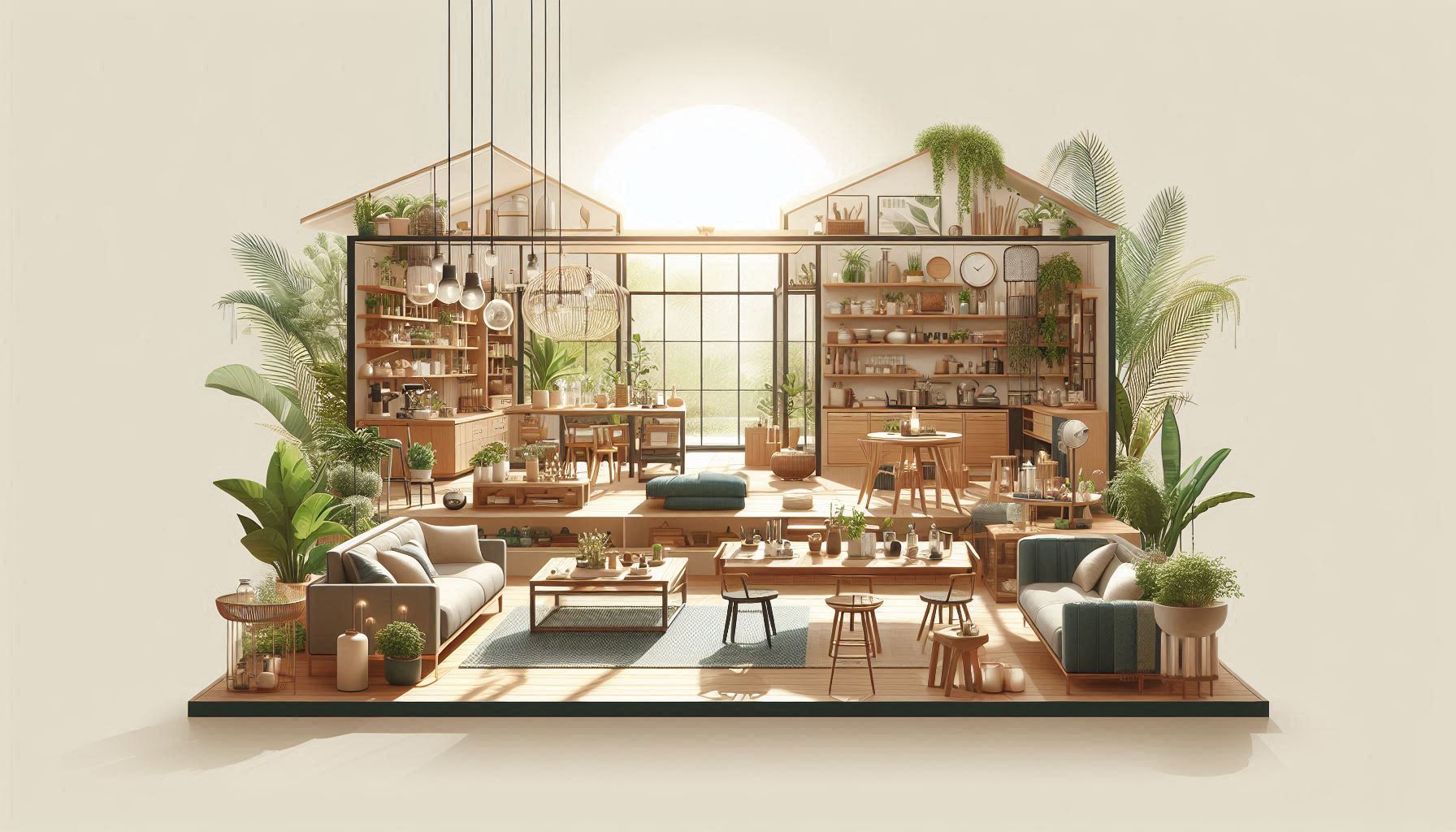The Role of Local Sourcing in Sustainable Interior Design

Local sourcing is a powerful tool in creating sustainable interiors. By choosing products, materials, and furnishings from local artisans and suppliers, designers can significantly reduce the environmental impact of transportation, support the local economy, and create unique, culturally rich spaces. Here’s how local sourcing plays a crucial role in sustainable interior design.
1. Reducing Carbon Footprint
One of the biggest environmental impacts of interior design is the transportation of materials. By sourcing products locally, designers can reduce the carbon footprint associated with shipping goods across long distances. This is especially important for large, heavy items like furniture or building materials, where transportation emissions can add up quickly.
2. Supporting Local Economies
Local sourcing not only benefits the environment but also supports local economies. When designers choose to work with local manufacturers, artisans, and suppliers, they help create jobs and encourage the growth of small businesses. This can also lead to unique, custom-made pieces that add character to the design while supporting the community.
3. Access to High-Quality, Sustainable Materials
Many local suppliers focus on sustainability and environmental responsibility, offering materials that are ethically sourced and produced with minimal waste. By choosing local options, designers can access high-quality materials like reclaimed wood, natural stone, or locally produced textiles that are both eco-friendly and unique to the region.
4. Creating Regionally Authentic Designs
Sourcing products locally allows designers to create interiors that reflect the culture and traditions of a specific region. This can lead to more authentic designs that celebrate the local community and provide a sense of connection for occupants. For example, using local craft traditions or regional materials like clay tiles or textiles can give a space a sense of place and uniqueness.
5. Reducing Waste
Local sourcing can also contribute to reducing waste. By working closely with local suppliers, designers can ensure that products are made to order, which minimizes overproduction and excess inventory. Additionally, it’s easier to communicate sustainability goals with local partners, ensuring that products are created with minimal packaging and waste.
Conclusion
Local sourcing is an integral part of sustainable interior design. It helps reduce carbon emissions, supports local economies, and promotes the use of unique and eco-friendly materials. By integrating local sourcing into your design practices, you can create sustainable, authentic interiors that benefit both the environment and the community.






